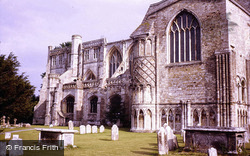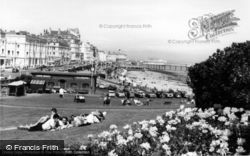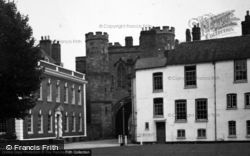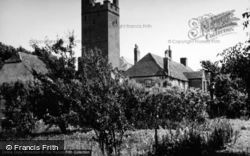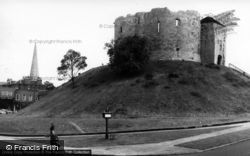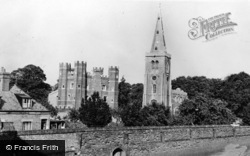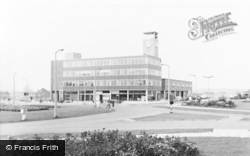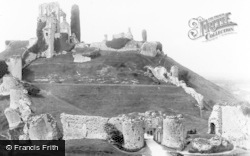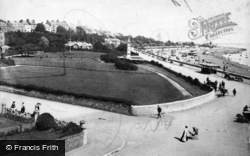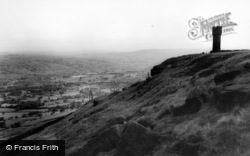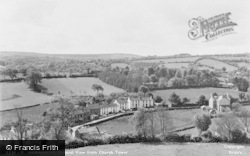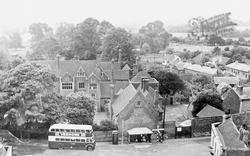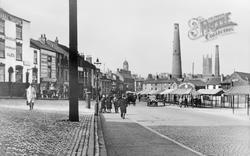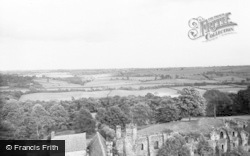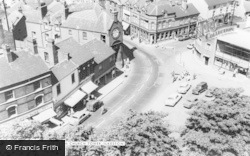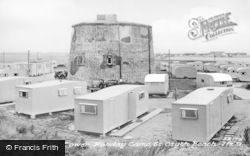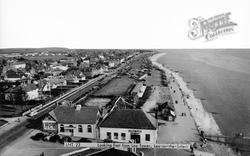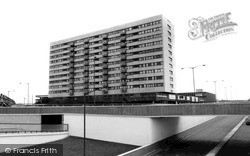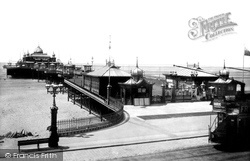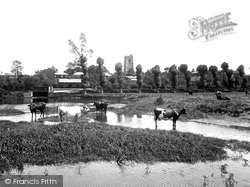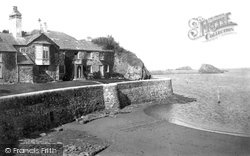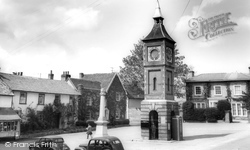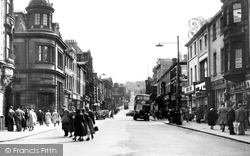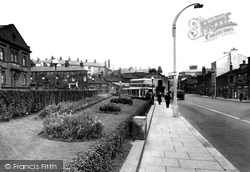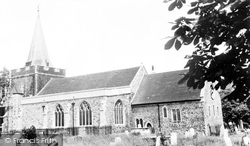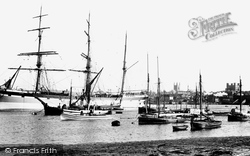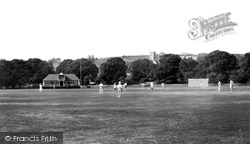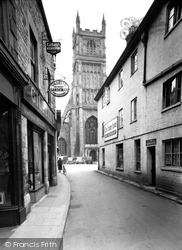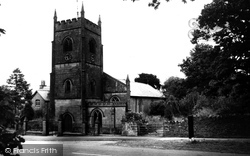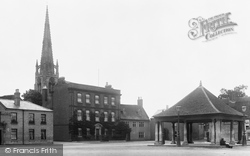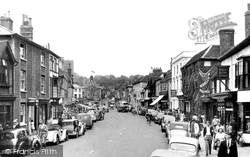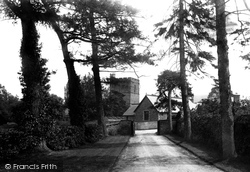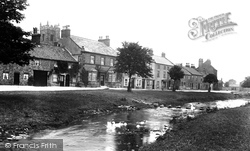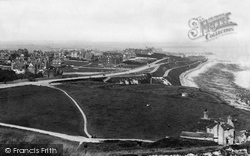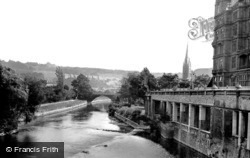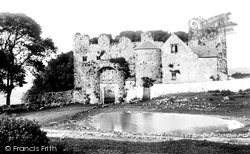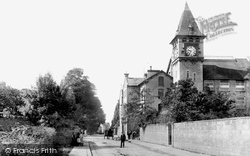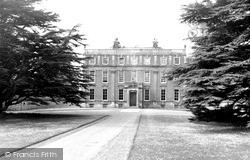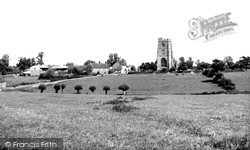Places
36 places found.
Those places high-lighted have photos. All locations may have maps, books and memories.
- Poplar, Middlesex
- Bow, Middlesex
- Bethnal Green, Middlesex
- Stepney, Middlesex
- Alton Towers, Staffordshire
- Isle of Dogs, Middlesex
- Limehouse, Middlesex
- Spitalfields, Middlesex
- Barjarg Tower, Dumfries and Galloway
- Bromley, Middlesex
- Stratford Marsh, Middlesex
- Tower Hill, Merseyside
- Tower Hill, Essex
- St George in the East, Middlesex
- Wapping, Middlesex
- Globe Town, Middlesex
- Old Ford, Middlesex
- Cubitt Town, Middlesex
- Tower Hill, Cheshire
- Tower Hill, Surrey
- Bow Common, Middlesex
- Mile End, Middlesex
- Millwall, Middlesex
- Ratcliff, Middlesex
- Warmley Tower, Avon
- Tower Hill, Hertfordshire
- Tower End, Norfolk
- Tower Hamlets, Kent
- Tower Hill, Devon
- Tower Hill, West Midlands
- Blackwall, Middlesex
- North Woolwich, Middlesex
- Hackney Wick, Middlesex
- Shadwell, Middlesex
- South Bromley, Middlesex
- Tower Hill, Sussex (near Horsham)
Photos
1,787 photos found. Showing results 1,521 to 1,540.
Maps
223 maps found.
Books
1 books found. Showing results 1,825 to 1.
Memories
637 memories found. Showing results 637 to 637.
Captions
3,007 captions found. Showing results 1,825 to 1,848.
St Martin's Church, with its wood-shingled spire, has a tower clock surrounded by a quotation from the poet Robert Browning - 'Grow old along with me, the best is yet to be.'
Aggregates and cladding panels have been used extensively on the tower block; with its associated shopping precinct and multi-storey car park, it overlooks an underpass and a flyover on the outer ring
In 1875 he formed the aquarium, aviary and menageries later purchased by the Blackpool Tower Company. A poster advertises the Victoria Pierrots.
On the horizon are the towers of the Catholic church and St Gregory's. The mill lode is marked by willow trees, and behind them to the right is Walnut Tree Hospital, the former workhouse.
It stands below Efford Down, on top of which is the Storm Tower, also built by Acland.
The clock tower was built of red and white brick in 1864. It was renovated in 1987, and has seating on the ground floor. Chandler's ironmonger's shop to the left has closed.
The River Irwell, beside which Bacup lies, powered the first mills in the town, and the Irwell Mill, whose square tower rises at the back, was one of several providing employment in the town
The River Irwell, beside which Bacup lies, powered the first mills in the town, and the Irwell Mill, whose square tower rises at the back, was one of several providing employment in the town
The workman on the scaffolding against the tower, however, is more probably repairing the ravages of time, the most relentless vandal of all.
The 125- foot high keep of the Norman Castle and the tower of the Cathedral dominate this view of the crowded anchorage on a bend of the river, en route to its union with the Thames off Garrison point
Surrounded by these majestic trees, and with the west tower of St Leonard's Church, one of the largest and finest in Kent, rising behind them, a summer game of cricket takes place on this spacious ground
Owing to inadequate foundations, the tower of St John's showed signs of stress shortly after it was built in 1420.
Since this photograph was taken the vicarage glimpsed here beyond the castellated tower has become a private house.
St Mary's parish church has a 16th-century tower with pinnacles attached to the crocketed spire; it can be seen for miles around.
The Town Hall, flying the flag above its clock tower, was built in 1796.
Llandysul was an important Dark Age and medieval settlement, and the 13th-century church tower exemplifies this.
St Anne's Church tower is visible behind the handsome Stepping Stones House. The stepping stones themselves look less serviceable now, but there is also a footbridge today.
Each of the four square corner towers is topped off with octagonal machicolated turrets. The turreted east gatehouse can be seen through the trees on the right of the picture.
The grassy sward in the foreground is now the Helen Garden, and the middle distance is dominated by South Cliff Tower, an unfortunate eighteen-storey block of flats built in 1966 that sits ill amid
Looking south from the bridge, the towering mass of the former Empire Hotel is on the right with its terrace. Beyond is the spire of St John the Baptist Church and the Parade Gardens.
It even incorporated a part of the curtain wall, gatehouse and great tower.
The first phase dates from 1829; it was greatly enlarged in 1857, and was rounded off with a splendid clock tower in 1897.
Now occupied by an engineering firm, it is an interesting composition with its 5-bay arcaded 'cloister', grand dormers and spired clock tower.
The A361 Frome to Trowbridge road separates St Laurence's church, with its rugged and battlemented 15th-century west tower, from the rest of the village.
Places (38)
Photos (1787)
Memories (637)
Books (1)
Maps (223)




